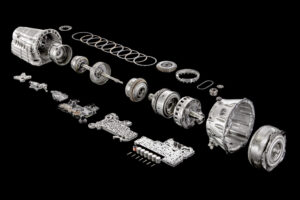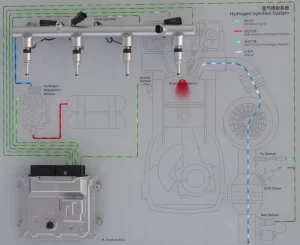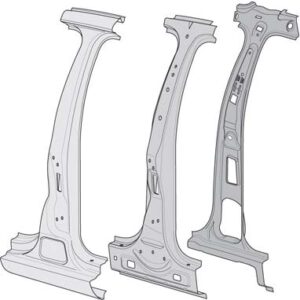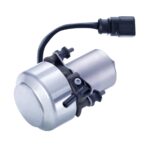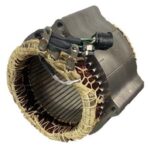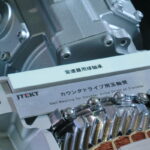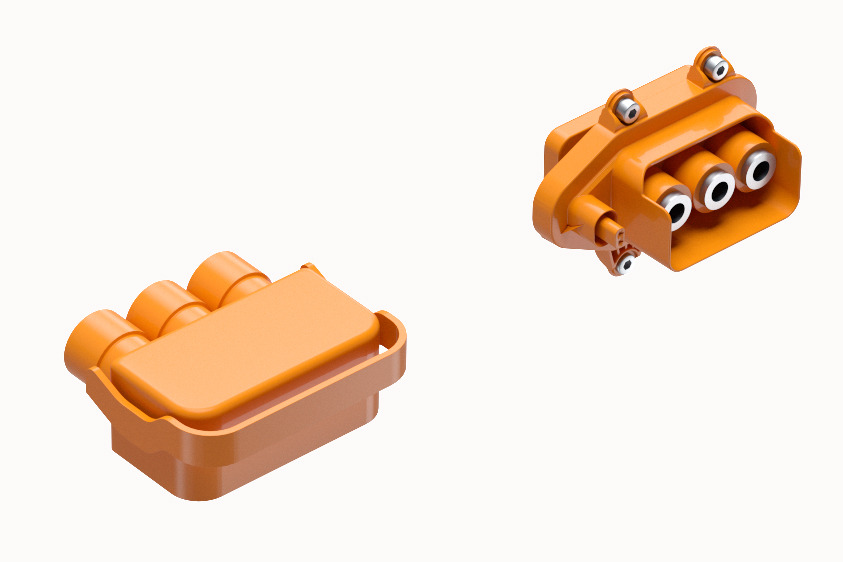
In the powertrain or battery of electric vehicles, as well as in the charging infrastructure of electromobility, plastic components are often exposed to high temperatures along with very strong currents and high voltages. For these high-voltage connectors, LANXESS has tailored a new PBT (polybutylene terephthalate) compound that is halogen-free flame-retardant and hydrolysis-stabilized. “One strength of the structural material is that its outstanding electrical properties are hardly dependent on temperature and moisture in the typical operating conditions of high-voltage connectors. It can be used at temperatures of up to 150 °C,” explains Dr. Bernhard Helbich, Technical Marketing Manager Key Accounts at LANXESS’ High Performance Materials business unit.
The compound is a first representative of the new Pocan BFN HR product range and is characterized by a high level of volume resistance and dielectric strength. For example, the latter is well over 30 kilovolts per millimeter at temperatures of up to 140 °C (IEC 62431-1). In the CTI test (Comparative Tracking Index, IEC 60112), the material achieves CTI A 600. This makes it highly tracking-resistant, which reduces the risk of short circuits and defects caused by creepage currents and caters to the growing need for miniaturized connectors. “But it can also be used at voltages higher than 600 V. The connector design for direct current systems can be optimized for up to 1,500 V in accordance with the design guidelines of the standard IEC 60664 / VDE 0110-1,” says Helbich. The tracking resistance of the compound also hardly diminishes after long-term thermal aging at 120 °C or after climate testing.
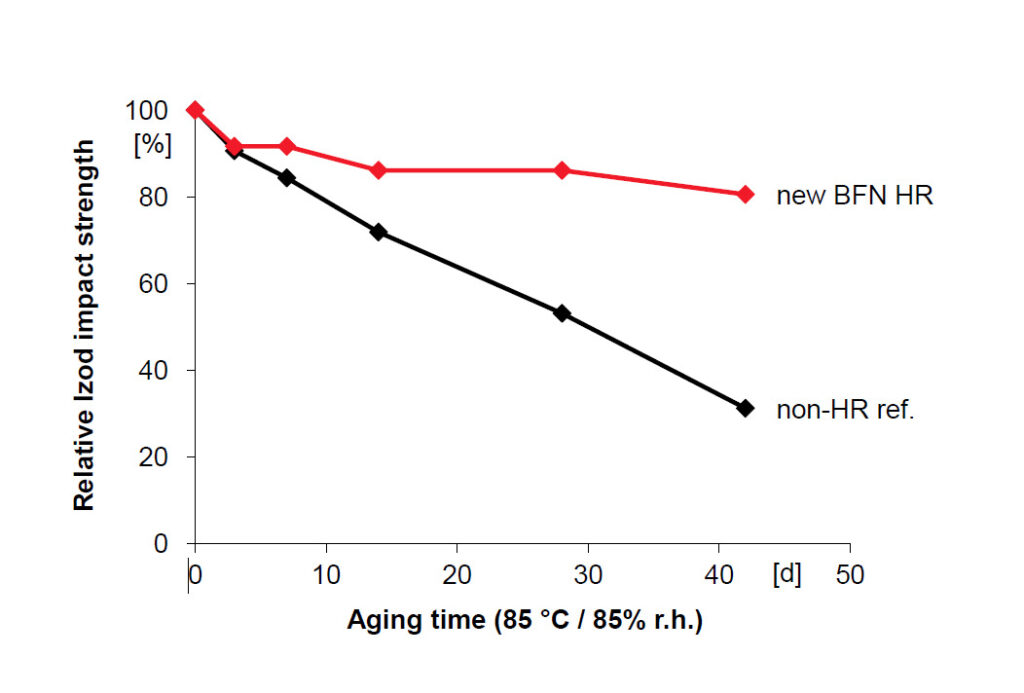
The material, which is reinforced with 25 percent by weight of glass fibers, is very stable to hydrolysis. In specimen tests based on the SAE/USCAR-2 Rev. 6 long-term hydrolysis tests, it achieved Class 3 – a good rating. Its good flame-retardant properties are demonstrated by the fact that it passed the UL 94 flammability test of the US testing institute Underwriters Laboratories Inc. with the excellent classification V-0 with a test specimen thickness of 0.75 millimeters. With its mechanical properties, the structural material meets the common requirements that are set for high-voltage connectors.
The compound can also be colored in bright colors, such as orange. This color is increasingly being used in electric vehicles to identify live, plastic-encased components. “Our material and the colorants used remain permanently color-stable in high operating temperatures so that the identification is not lost,” explains Helbich. LANXESS wants to have the thermoplastic listed under “All Colors” on the Yellow Card by UL. “In doing so, we will save the processor from the time-consuming UL certification process if they were to color the plastic themselves,” explains Helbich. “They can simply use the compound that we have colored and thus reduce costs,” he adds.

